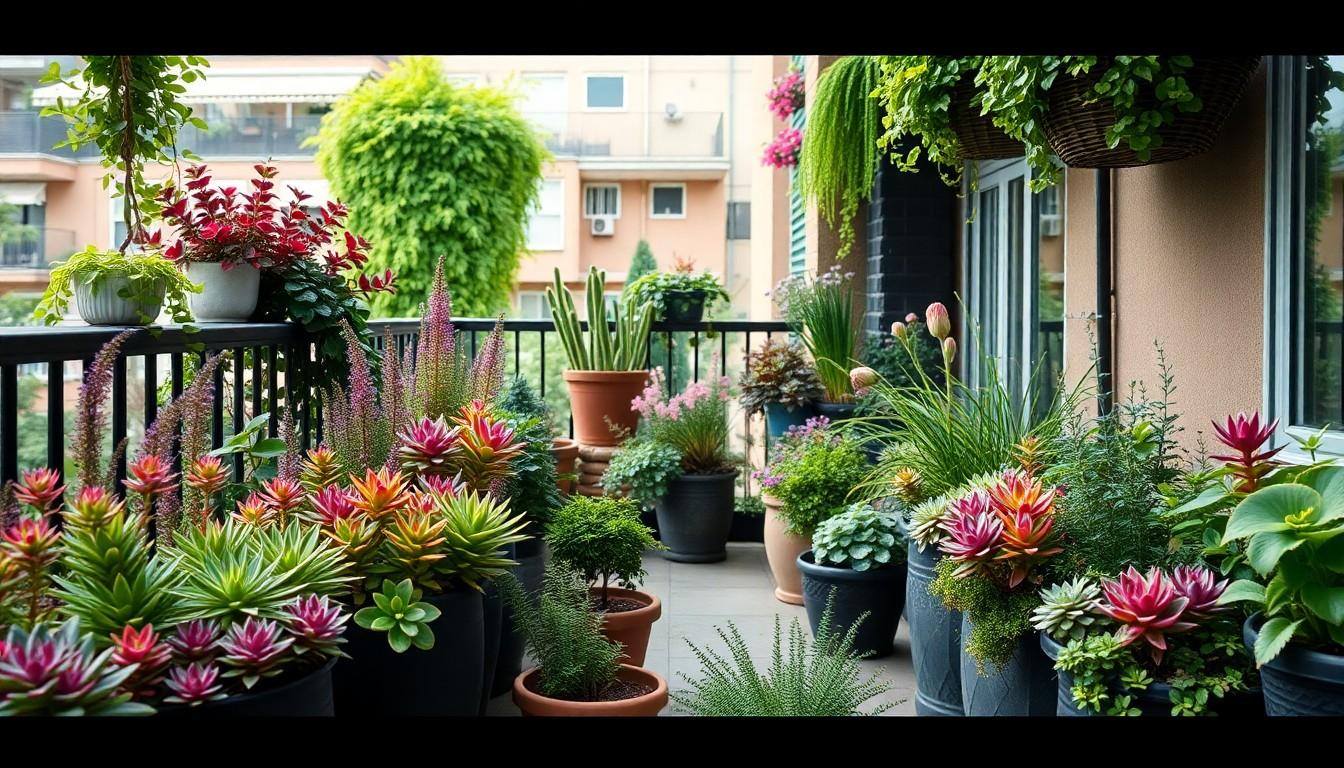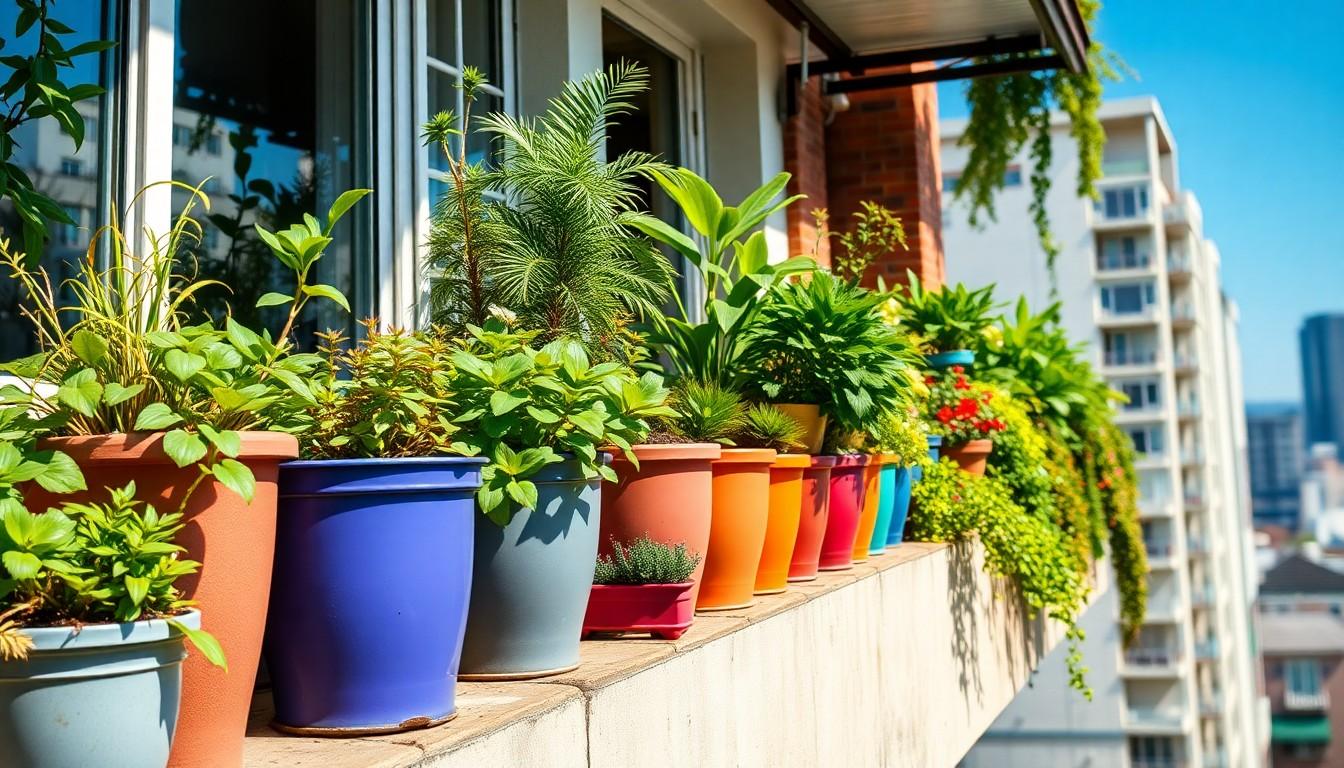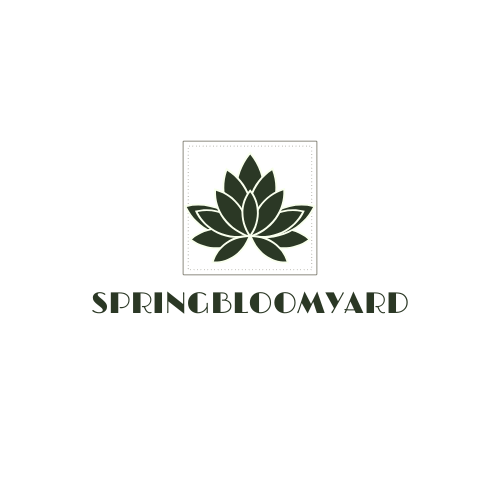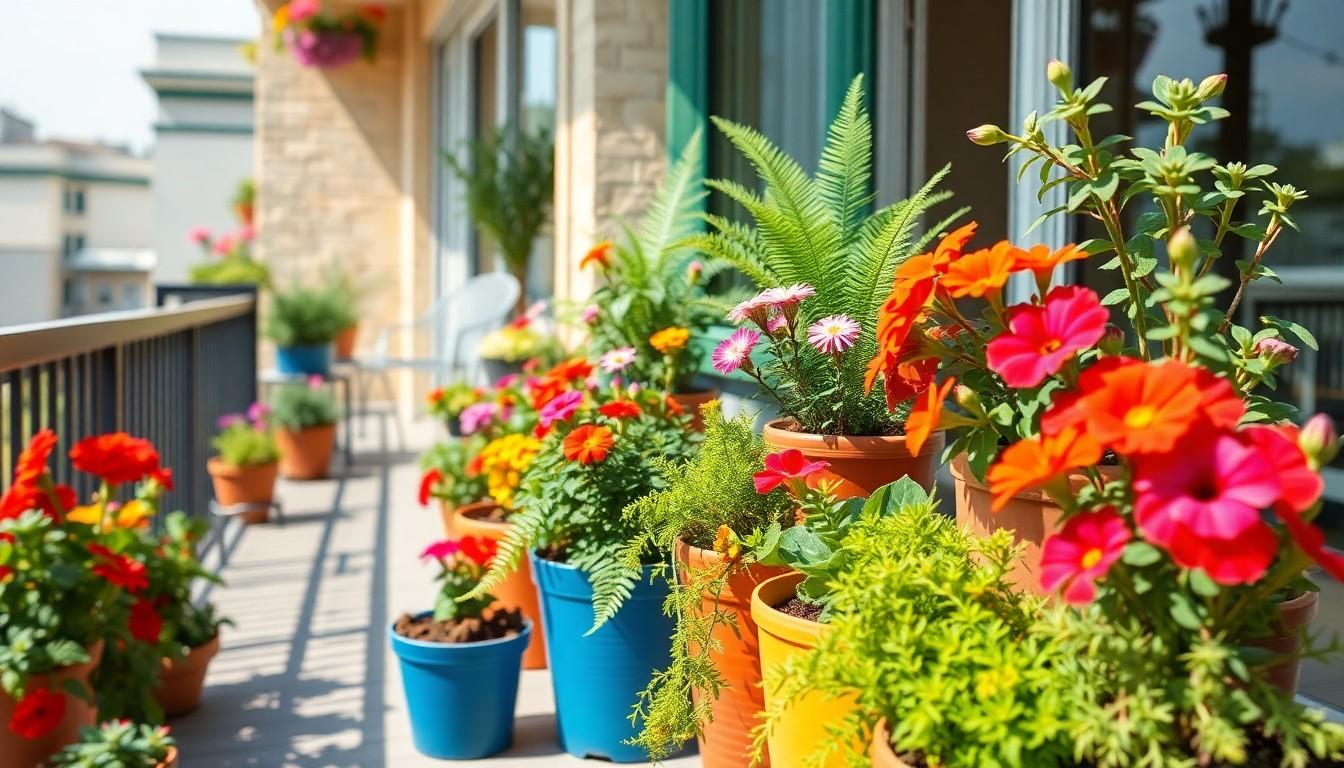Small outdoor plants are like the quirky sidekicks of the gardening world—compact, charming, and ready to brighten up any space. Whether it’s a tiny balcony or a cozy patio, these little green wonders pack a punch without demanding too much real estate. Imagine transforming a drab corner into a vibrant oasis with just a few pots. Who wouldn’t want to be the envy of the neighborhood?
Overview of Small Outdoor Plants
Small outdoor plants offer versatility in various gardening situations. They adapt well to compact spaces like balconies, patios, and urban gardens. With their ability to thrive in limited areas, these plants create stunning visual effects. Colorful blooms and lush foliage can transform any dull outdoor space.
A variety of small outdoor plants exist to suit different climates and preferences. Popular choices include succulents, creeping thyme, and dwarf varieties of popular shrubs. Succulents provide unique shapes and textures, requiring minimal watering. Creeping thyme works beautifully as ground cover, adding fragrance and attracting pollinators. Dwarf shrubs offer the lush appearance of larger plants without overwhelming a small area.
Maintenance of small outdoor plants remains manageable. Regular watering and occasional pruning keep these plants healthy and vibrant. Fertilization during the growing season aids growth and ensures consistent blooming. Choosing the right soil enhances drainage and promotes root health, essential for small plant success.
Small outdoor plants significantly impact aesthetics and well-being. They contribute to air quality by absorbing carbon dioxide and releasing oxygen. Additionally, these plants provide a calming effect, enhancing outdoor relaxation areas.
Combining different small plants allows for creative arrangements. Grouping species with complementary colors and textures creates visually striking displays. Seasonal plants can be rotated to maintain interest throughout the year. Exploring local nurseries or garden centers provides inspiration for selecting the best small outdoor plants suited to individual styles and needs.
Benefits of Small Outdoor Plants

Small outdoor plants offer numerous advantages, making them essential for enhancing any garden space. Their manageable size allows gardening enthusiasts to enjoy the beauty of nature without the need for expansive areas.
Space Efficiency
Space efficiency defines the primary benefit of small outdoor plants. Compact sizes allow these plants to thrive in tight spots like balconies and patios. Utilizing vertical space, they invigorate walls and corners with greenery. These plants provide opportunities for creative arrangement, maximizing every inch of the outdoor area. They fit into containers, hanging baskets, and raised beds, making them ideal for urban gardening. Furthermore, small outdoor plants require relatively little soil and resources compared to larger species.
Aesthetic Appeal
Aesthetic appeal significantly enhances outdoor environments. Small outdoor plants introduce vibrant colors and diverse textures, transforming plain areas into breathtaking displays. Popular choices, such as creeping thyme and colorful succulents, create eye-catching landscapes that capture attention. Grouping plants together highlights their unique features, adding depth to the visual composition. These plants offer year-round beauty, providing visual interest through changing seasons. Incorporating small outdoor plants into existing designs elevates the overall charm and warmth of outdoor spaces.
Popular Varieties of Small Outdoor Plants
Small outdoor plants offer a variety of options to enhance any outdoor space. Consider the following popular categories:

Herbaceous Perennials
Herbaceous perennials provide a stunning display throughout the seasons. These plants die back in winter and return each spring, making them a wise choice for low-maintenance gardens. Common selections such as daylilies, hostas, and lavender thrive in compact areas, offering colorful blooms and fragrant foliage. Their resilience allows them to adapt well to changing conditions, ensuring that outdoor spaces remain vibrant year-round.
Small Shrubs
Small shrubs create structure and form in gardens. Varieties like boxwood, dwarf lilac, and azalea serve as excellent accent plants. These shrubs maintain a manageable size, ideal for borders and foundation plantings. Their dense foliage offers privacy and can be pruned to shape as desired. Planting them alongside annuals or perennials enhances visual interest, providing a lush backdrop that complements other outdoor elements.
Succulents and Cacti
Succulents and cacti introduce unique textures and colors to outdoor arrangements. Varieties like hen-and-chicks and barrel cactus require minimal watering, making them suitable for low-maintenance setups. Their ability to thrive in sunny spots with poor soil conditions makes them perfect for containers and rock gardens. Grouping different species creates a visually striking display, emphasizing their distinct shapes and hues while promoting a drought-resistant garden design.
Planting and Care Tips
Small outdoor plants benefit from proper planting and care techniques. Focusing on soil preparation, watering, and sunlight will promote healthy growth and vibrant displays.
Soil Preparation
Using well-draining soil is essential for small outdoor plants. A mix of potting soil and compost provides nutrients and support. Ensuring proper drainage prevents root rot, which can harm the plants. Testing soil pH can also help, as most plants prefer a slightly acidic to neutral environment. Incorporating organic matter improves soil structure and moisture retention. Steaming or baking soil can minimize pests and diseases before planting. Finally, adding mulch around the plants conserves moisture and reduces weed growth, creating an optimal environment for growth.
Watering Guidelines
Consistent watering plays a key role in plant health. Checking the soil moisture level helps determine when to water. Over-watering can lead to root rot, while under-watering causes stress in plants. During hot months, small plants often require more frequent watering. Using a drip irrigation system or soaker hose ensures efficient hydration. The best practice includes watering early in the morning or late in the afternoon to minimize evaporation. Observing plant leaves can indicate water needs; wilting leaves often signal thirst. Following these guidelines maintains healthy plants and encourages flourishing growth.
Sunlight Requirements
Understanding sunlight needs is vital for small outdoor plants. Many prefer at least six hours of direct sunlight daily, while some thrive in partial shade. Positioning plants according to their requirements enhances their growth potential. Observing the area throughout the day helps identify sunlight patterns and adjust plant placement accordingly. Using reflective surfaces can boost light exposure for sun-loving plants. The variety of plant species influences light preferences, so research specific needs before planting. Finally, providing shade during intense heat can protect sensitive plants and promote healthy environments.
Conclusion
Small outdoor plants are a fantastic choice for anyone wanting to elevate their outdoor spaces. Their ability to thrive in limited areas while adding color and texture makes them invaluable for urban gardens. With minimal maintenance requirements and a variety of options to choose from, these plants can transform any dull corner into a vibrant oasis.
By experimenting with different species and arrangements, individuals can create stunning displays that reflect their personal style. Whether it’s the low-maintenance succulents or the charming dwarf shrubs, small outdoor plants offer endless possibilities for creativity and enjoyment. Embracing these botanical companions not only enhances the aesthetics of outdoor areas but also promotes relaxation and well-being.

